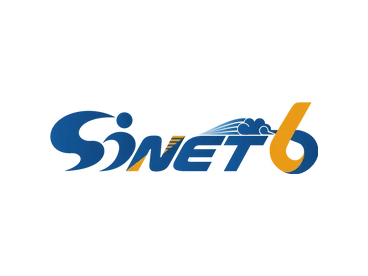
Keeping the medical data in Japan’s university hospitals safe in case of disaster
Recently, 42 national universities with 46 university hospitals in Japan joined forces to develop a remote backup system for maintaining and ensuring the integrity of medical information systems and data, using SINET’s (Japan’s national research and education network) Layer-2 VPN (Virtual Private Network) service.
Why was a new backup system needed?
“The Great East Japan Earthquake on March 11, 2011 caused significant damage to local hospitals in the disaster area, destroying medical information systems in the hospitals and losing patients’ important medical records.
“This urged all the national university hospitals to jointly construct a new backup system that keeps their medical backup data in remotely located areas,” explains Katsuya Tanaka of The University of Tokyo Hospital.
Data in Japan’s university hospitals includes patient medical information (such as patient’s name, gender, age, past medical history and admission/discharge information) and medical information systems databases owned by each hospital for managing hospital operations (including medical, financial and administration).
Each university hospital may install a different vendor’s medical information system.
How does the backup system work?
For the new remote backup system, SS-MIX2 (Standardized Structure Medical Information Exchange Version 2), which is a domestic standard based on HL7 Ver.2, has been adopted for patient medical information.
This enables any hospital to access and refer to medical information in other hospitals for patient care. For each hospital these data are remotely backed up into datacentres in eastern and western Japan and regularly copied to more than three PCs in the hospital.
At the same time, a full back up of the system databases and applications located in eastern area hospitals are remotely backed up into the western area while the system database and applications located in western area hospitals are remotely backed up into the eastern area.
“Therefore, if the whole system database and applications are bundled and remotely copied as a complete set of back-up data, it allows the medical system and database in each hospital to be recovered immediately after a disaster,” says Mr. Tanaka.
Challenges
Mr. Tanaka says there were several challenges for remotely backing up medical information.
“Transferring very large volumes of medical data for backup across cost-effective secure communication is a major requirement. For example, the Tokyo University Hospital daily generates 10 to 15 Gigabytes of SS-MIX2 difference data and almost 2.6 Terabytes of full back up data to be transferred into remote datacenters.
“Such large volume transfers were made possible only by access to the SINET high bandwidth backbone network while cost effective secure communication is enabled by SINET’s Layer-2 VPN service,” he says.
Next steps
Mr. Tanaka also foresees future collaborations with SINET.
“In the near future, after first meeting the requirements for patient consent and privacy, medical data accumulated in datacenters could be fully utilized for big data analysis. In such era, we look forward to further support from SINET.”
For more information please contact our contributor(s):

